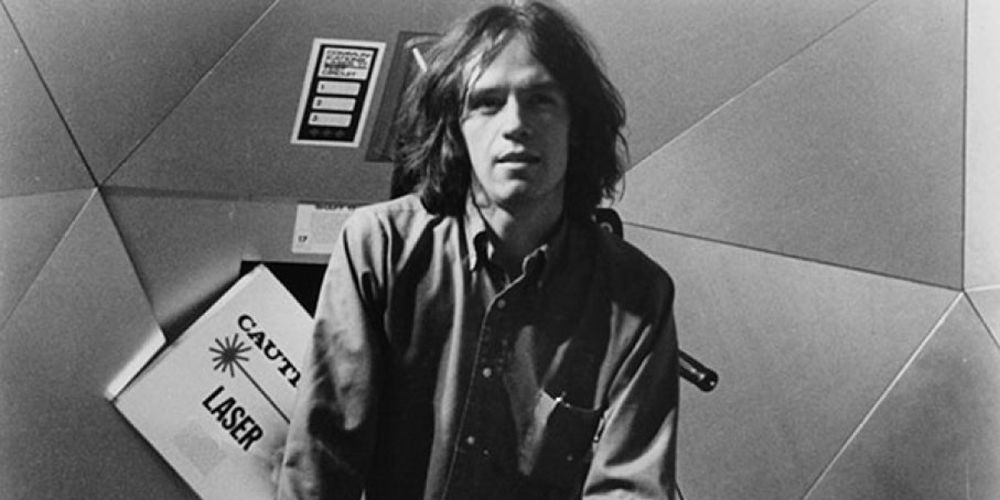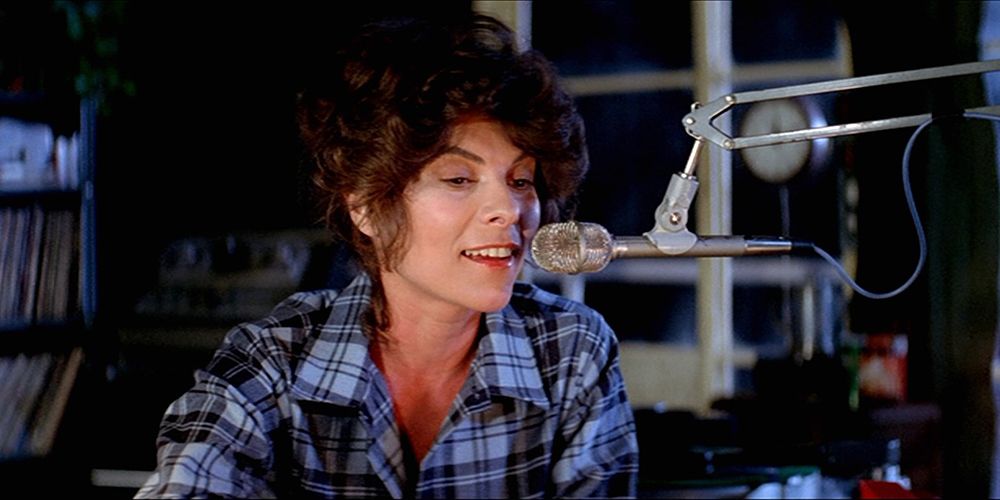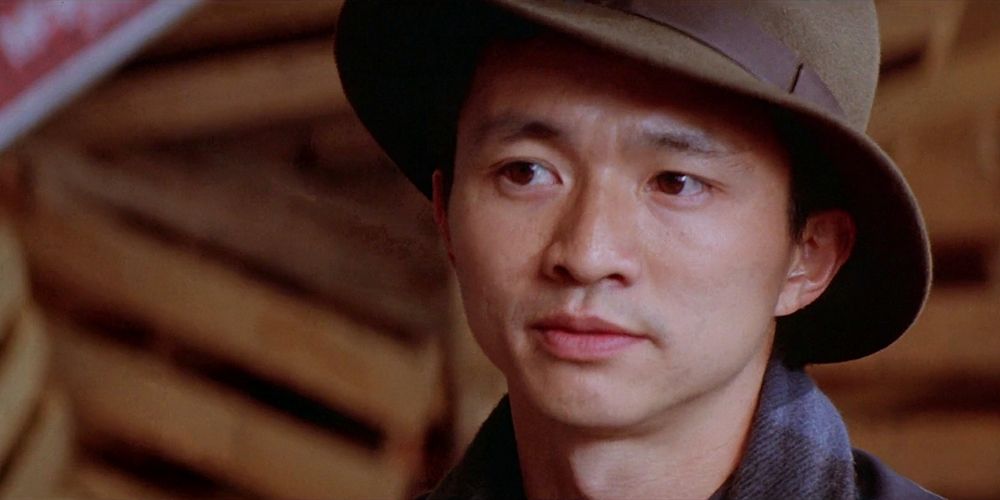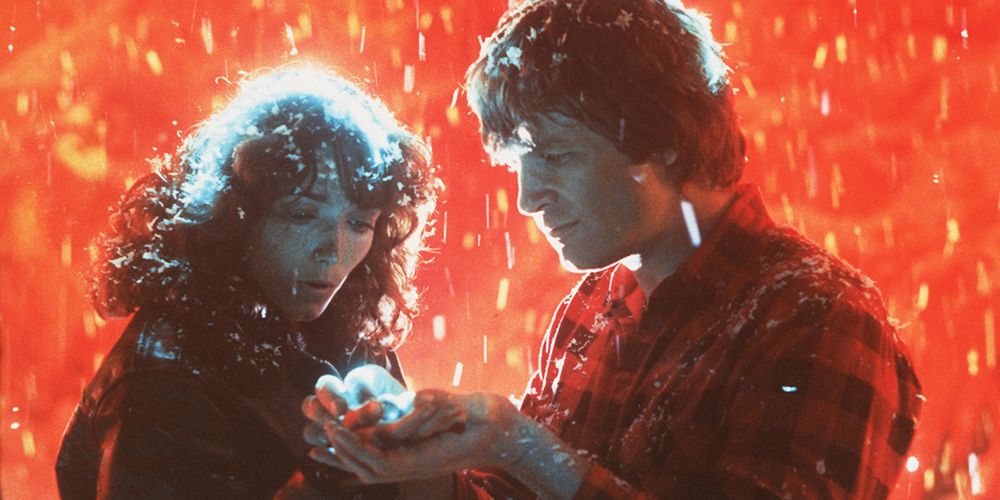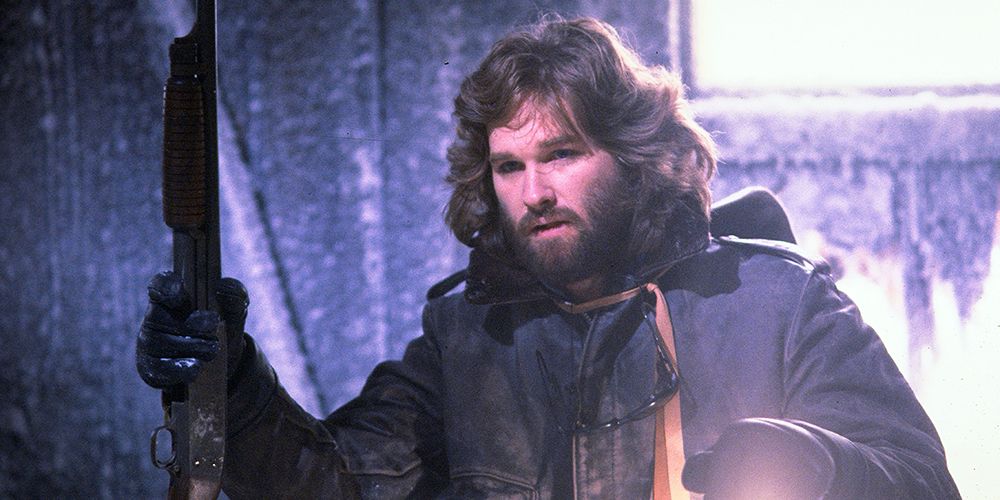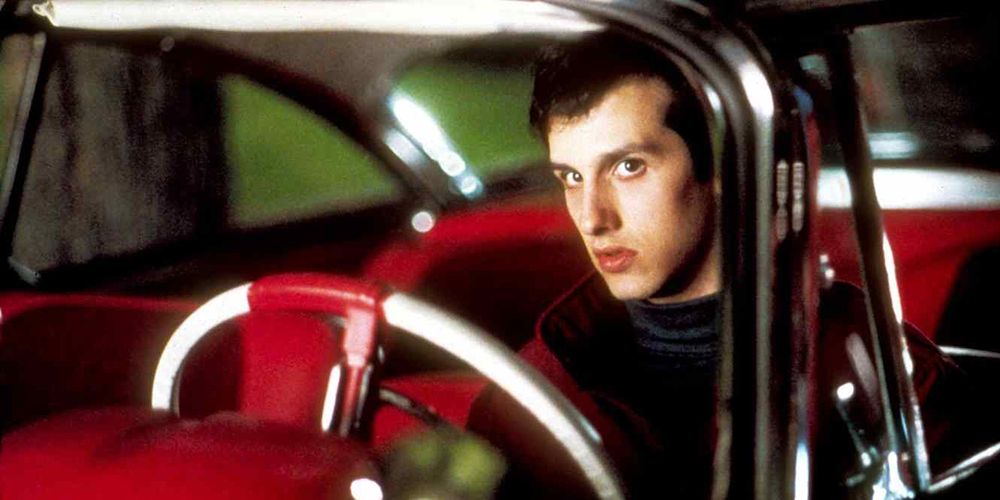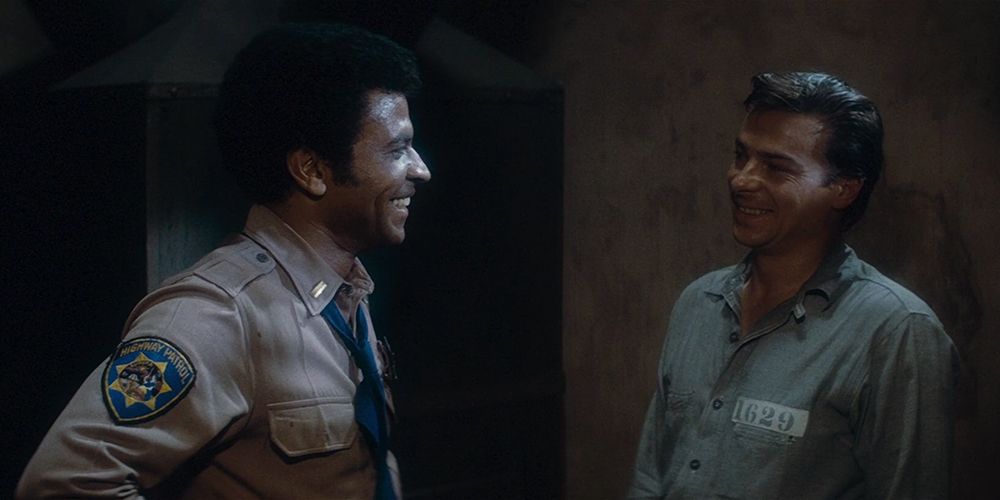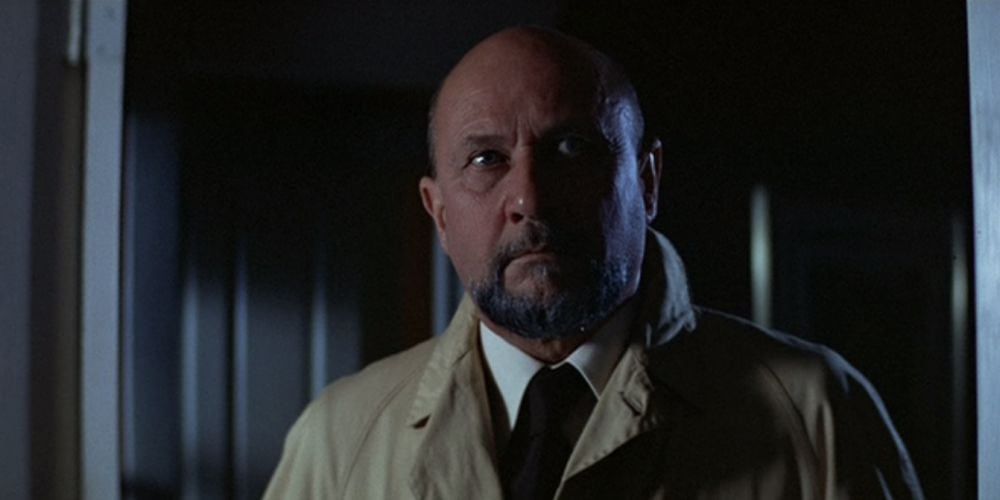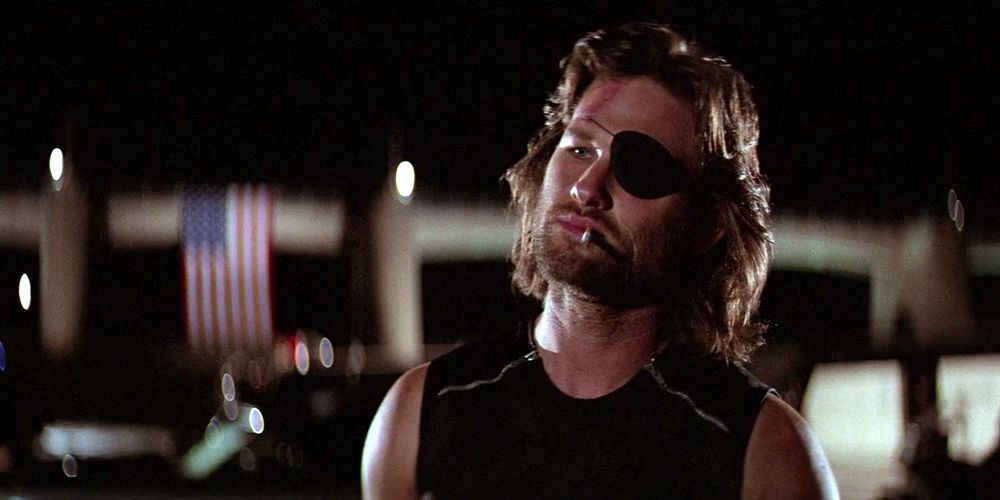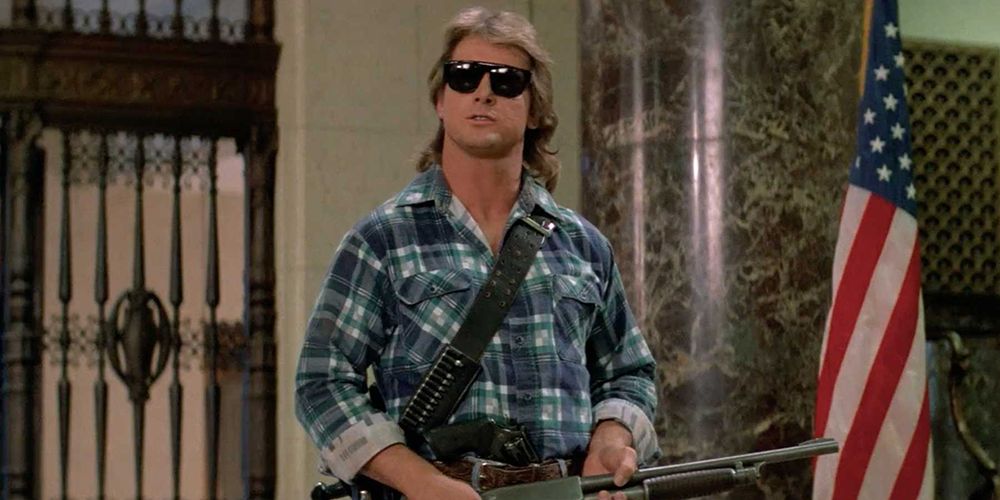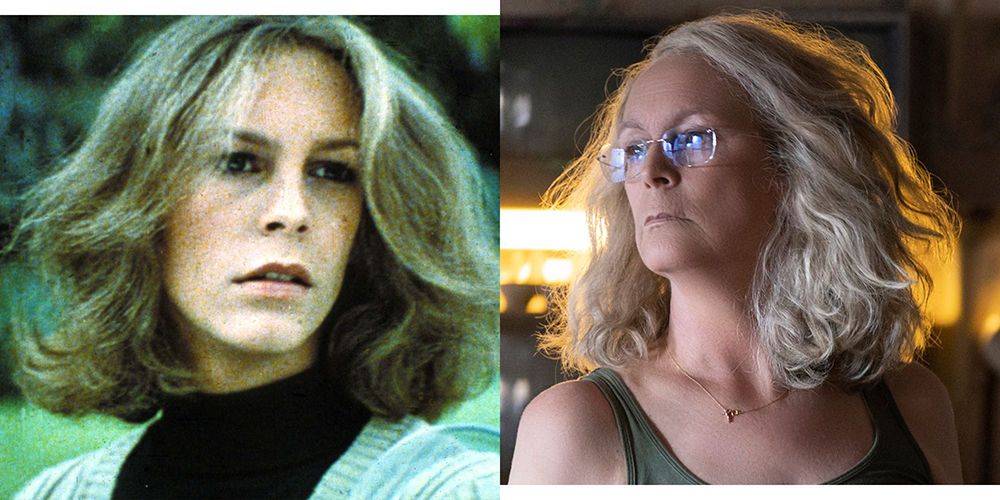The name John Carpenter has been synonymous with the horror genre for over four decades. His filmmaking versatility has often gone overlooked due to his slasher film roots and spotty box office draw.
His themes of rebellion, paranoia, resiliency, alienation, and fear continue to resonate more now than ever. An unsung auteur, Carpenter has only recently been given the credit he deserves. Carpenter has experienced a resurgence, thanks in part to the recent Halloween sequel (with more on the way). Here are five John Carpenter characters that are more groundbreaking now than yesterday.
10 Stevie Wayne
It is sometimes prophecized that the voice of God is followed by a booming light. In John Carpenter's The Fog that voice and light belongs to Stevie Wayne, a radio host that operates from her lighthouse. Adrienne Barbeau portrays Stevie Wayne in this 1980 atmospheric horror film dealing with swashbuckling and grudge grasping ghosts.
She literally and figuratively oversees the entire film. As the story of the plundered ship, The Elizabeth Dane, is pieced together, the mystery of Antonio Bay unravels. Stevie takes charge of her position to warn the bay citizens from the bloodthirsty specters surging from the phantom vessel. Stevie's sharp eyes and cerebral planning made her The Fog's beacon of salvation.
9 Wang Chi
Posters can fool audiences. Trailers can fool audiences. Cheesy, titular film music videos can fool audiences (seriously look this one up). However, as a film, Big Trouble in Little China speaks for itself. The film's aura has always gravitated towards Jack Burton, a dim-witted trucker caught in a world of sorcery, played by Kurt Russell. Nonetheless, good old Jack Burton is essentially not the film's protagonist. Wang Chi, portrayed by Dennis Dun, is.
Jack Burton serves as a parody of the square-jawed, one-liner spewing leading man audiences were accustomed to. Carpenter fueled that fire in this 1986 action-comedy by making Burton nearly always detrimental to Wang Chi's ultimate goal, rescuing his girlfriend.
Carpenter essentially introduced an Asian protagonist that is determined to rescue his loved one. All the while, Chi props up a naive simpleton to aid him in his journey against lightning powered wizards and sword-wielding warriors.
8 Starman
In 1984, John Carpenter directed Jeff Bridges to an Academy Award nomination in the film Starman. Bridges and Carpenter managed to capture a warm-hearted character that was shot down by those he wished to establish contact with, Earthlings.
Starman is another showcase of Carpenter's versatility and craftsmanship. This fish out of water premise nestled in the sci-fi genre was handled with care, precision, and soul.
Starman is a character that experiences life through an outsider's viewpoint from the most extreme predicament. He clones himself in the image of widow, Jenny Hayden's, husband. Within that human body, he learns the need for food, logic, and love. The tenderness of love he encounters with Jenny establishes this film as a sci-fi romance. Quite a departure from the rest of Carpenter's filmography.
7 R.J. MacReady
Let's cut to the chase. John Carpenter's The Thing was an abysmal failure. Its original theatrical summer run in 1982 birthed scathing reviews and an anemic box office. It was nearly a career killer.
Fortunately, the film's legacy and impact morphed as much (if not more) than The Thing itself. Year after year, audiences returned to the nihilistic sci-fi film laced in fear of the unknown with a growing appreciation.
A reason for the newfound admiration is the character of R.J. MacReady, played by Kurt Russell. MacReady is at the center of this Antartic expedition that unearths a thing from another world with the power to shapeshift.
The themes of paranoia and trust are brought to the forefront as MacReady and his team deal with this morphing monster. MacReady battles the dripping, crippling and oozing beast. As fatigue settles in, trust diminishes amongst his team. That is the true fear of any human.
6 Arnie Cunningham
Stephen King adaptations are only as good as the filmmaker funneling the source material. John Carpenter's Christine is one of the better King adaptations. This is in part due to the character of Arnold Cunningham, an awkward teenager who finds solace in Christine, his red 1958 Plymouth Fury.
John Carpenter and Keith Gordon's collaboration spawned a stellar performance of an alienated teen that longs for companionship. The twist is that he finds that companionship with an evil living car! Don't forget, this is a Stephen King adaptation. Audiences, to some extent, empathize with the emotional distraught Arnie showcases in the film.
5 Ethan Bishop and Napoleon Wilson
Released in 1976, Assault on Precinct 13 was John Carpenter's second feature film. Inspired by the western, Rio Bravo, Carpenter took a modern approach to enemies joining forces for survival. Carpenter added layers of race and social status to that simple notion.
Ethan Bishop is a black police officer who must join forces with Napoleon Wilson, a white felon with ruthless tendencies. As their authority struggle ensues, they are viciously bombarded by the sieging gang, The Street Thunder.
Once the dust settles on their plight, Bishop prevents Wilson from being apprehended by a fellow police officer. Bishop and Wilson discover a newfound and mutual respect for one another. They have differences in race and social status but it no longer matters to them. They manage to work beyond their differences for equal triumph.
4 Dr. Sam Loomis
An argument can be made about who is the true face of the Halloween franchise. The answer is actually Dr. Sam Loomis. Michael Myers' psychiatric doctor made his film debut in John Carpenter's Halloween in 1978. Donald Pleasance portrayed the doctor with perfect reverence and a daunting presence. His determined demeanor established Michael Myers as a violent threat. "The blackest eyes. The devil's eyes," utters Dr. Loomis. That chilling delivery cemented the monster Dr. Loomis had been treating and now attempting to vanquish. He cares for his patient he has nearly raised. That is why he must stop him.
As sequels sprouted from the success of Halloween (1978), one face continued to emerge besides Michael Myers'. For nearly two decades, Donald Pleasance breathed life into the character John Carpenter brought to light in 1978. Shortly after wrapping Halloween: The Curse of Michael Myers, Donald Pleasance passed away on February 2nd, 1995.
3 Snake Plissken
The concept of higher authority has never been one John Carpenter enjoyed. The character of Snake Plissken, a mysterious criminal, personified that objective.
John Carpenter's Escape from New York introduces audiences to an eye-patched Kurt Russell entering the prison state of Manhattan, New York. His motive: rescue the United States President from Manhattan crazies and gain apardon for all of his crimes.
Snake became a modern-day anti-hero to moviegoers. A scruffy, cynical and reluctant hero who is only worried about himself was something the 1980s called for. After the Watergate Scandal, higher authority was now open to criticism and Snake resonated with audiences with his devil may care attitude towards crooked authority. Snake Plissken is a middle finger to those in command who abuse their power and influence.
2 John Nada
As the 1980s drew to a close, John Carpenter's tightest grip on rebellious cinema was released in 1988. "Rowdy" Roddy Piper starred in John Carpenter's They Live, a sci-fi film in which humanity is lulled into a dormant state of unrestrained consumerism induced by alien ghouls.
There is more to the character of John Nada than just chewing bubble gum. Within the film's text, Nada utilizes special sunglasses to infiltrate and destroy aliens in authority that are guzzling America's working class.
Nada represents blue-collar audiences that finally awake to the injustices perpetrated in plain sight by white-collared villains.
1 Laurie Strode
John Carpenter's calling card will forever be 1978's Halloween. The film also marks Jamie Lee Curtis' film debut as Laurie Strode, a baby sitter stalked by the knife-wielding serial killer, Michael Myers.
A female protagonist battling an evil antagonist is a staple of cinema today. In the 1970s, this was groundbreaking because women were now being accepted as strong characters in society and film.
Laurie Strode was at the forefront of that concept even before Ellen Ripley in 1979's Alien. Laurie Strode developed as a character within every Halloween sequel she appeared in. To this day (forty years later), Laurie Strode is a radical icon to female empowerment.

